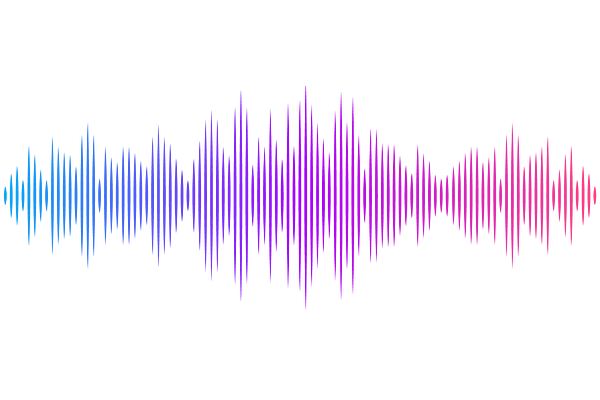SpatialMap: A Scalable Deep Learning Method for Cell Typing in Subcellular Spatial Transcriptomics

SpatialMap: A Scalable Deep Learning Method for Cell Typing in Subcellular Spatial Transcriptomics
Jia, P.; Long, Y.; Zhao, Y.; Zhang, N.; Fang, Z.; Chen, S.; Li, M.
AbstractSubcellular imaging transcriptomics has offered unprecedented resolution of spatial mapping of gene expressions at subcellular level. However, accurate and robust cell type annotation at cellular level remains a challenge. Here we present SpatialMap, a deep weakly supervised cell typing framework that combines graph neural networks (GNN) with transfer learning to annotate cellular identities in subcellular spatial transcriptomics (ST). SpatialMap consistently outperforms state-of-the-art annotation methods on both simulated and real-world ST datasets. It demonstrates strong scalability across diverse tissue types and platforms, including NanoString CosMx, MERFISH and 10x Genomics Xenium. When applied to a mouse primary motor cortex dataset, SpatialMap successfully identified Micro, L4/5 IT, and L6 IT Car3 absent from the reference data, showcasing its capability to discover novel cell types. Furthermore, SpatialMap accurately annotated malignant cells in human liver cancer samples. Its design also enables seamless extension to cross-omics cell typing and cross-platform annotation within proteomics.